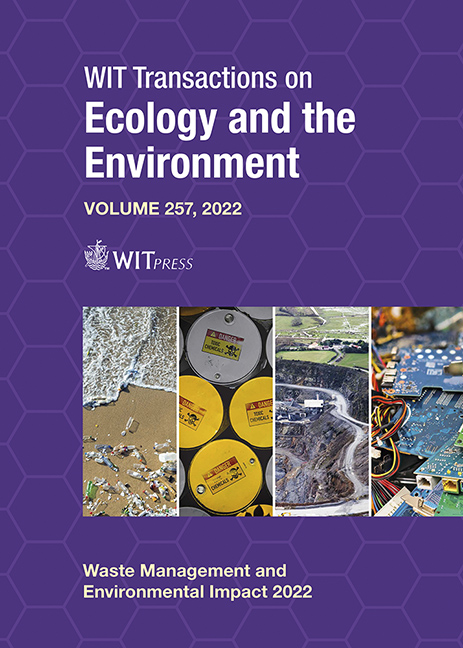TRENDS IN THE DEVELOPMENT OF HYDROXYAPATITE FROM NATURAL SOURCES FOR BIOMEDICAL APPLICATIONS
Price
Free (open access)
Transaction
Volume
257
Pages
12
Page Range
199 - 210
Published
2022
Paper DOI
10.2495/WMEI220171
Copyright
Author(s)
DAVID O. OBADA, ABUBAKAR ALIYU, UMAR M. KUTA, AYUBA LISIYAS, VANESSA F. OGENYI, MD. OSIM AQUATAR, SAMUEL JOSEPH, ISMAIL A. ADEWOLE, SABIU M. MUSA, JA’AFAR M. MA’AJI, CHRISTIANA P. SAMBO, AL-MUSTAFA M. SANI, HAMZA MUSA, FADILA A. BOLANLE, ISHAQ ADAM, TOCHU
Abstract
Hydroxyapatite (HAp), a member of the apatite family is similar in structural and chemical composition to the natural bone. HAp is bioactive and biocompatible and has been used for several biomedical applications. Synthesizing HAp from natural sources can contribute significantly towards natural resource management, health care, waste utilization amongst others. Therefore, in this summarized review, we highlight the classification of HAp, discuss the sources and synthesis of hydroxyapatite, enumerate some applications of hydroxyapatite and touch on polymeric scaffolding materials based on naturally synthesized hydroxyapatite. The overall idea of this article is to summarize recent studies on this subject and link it to the waste management potentials of natural biowastes for the synthesis and biomedical applications of HAp.
Keywords
hydroxyapatite, biowastes, biocompatible, bioactive, scaffolds, polymers, waste valorization, natural sources, implants, apatite




